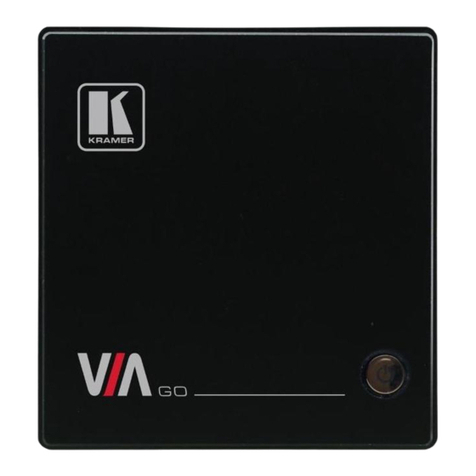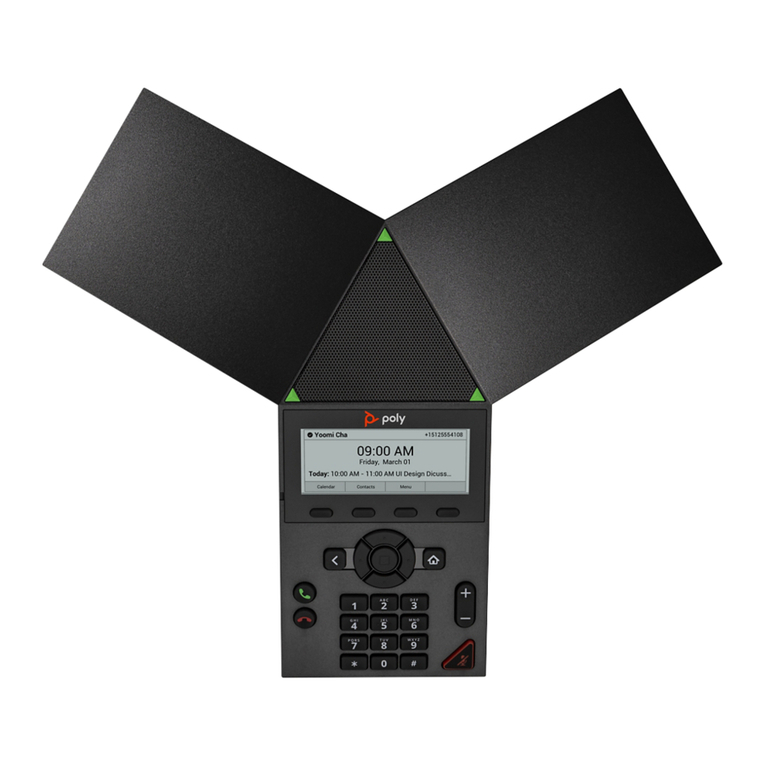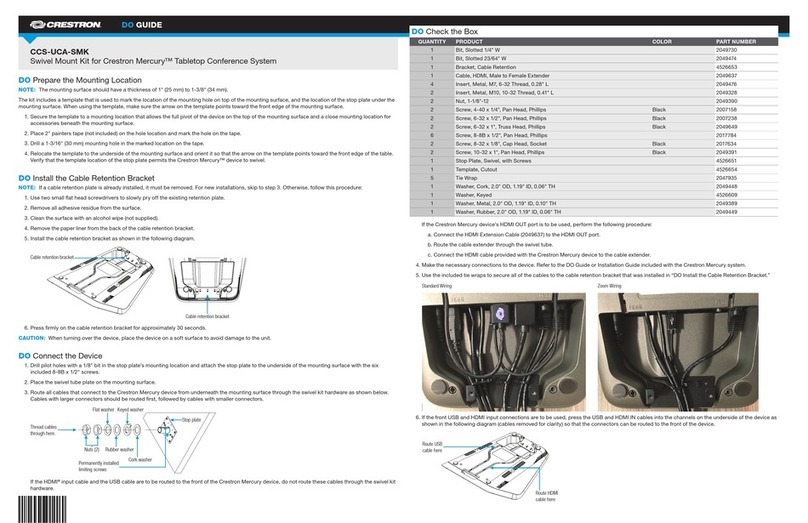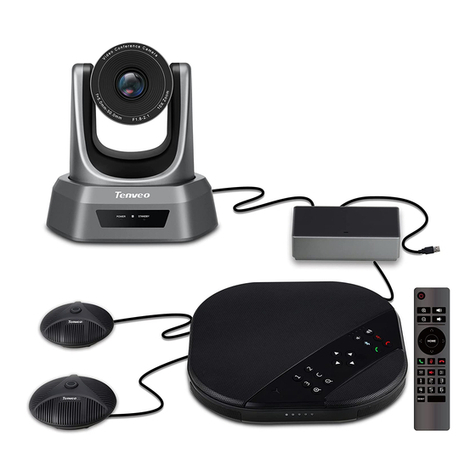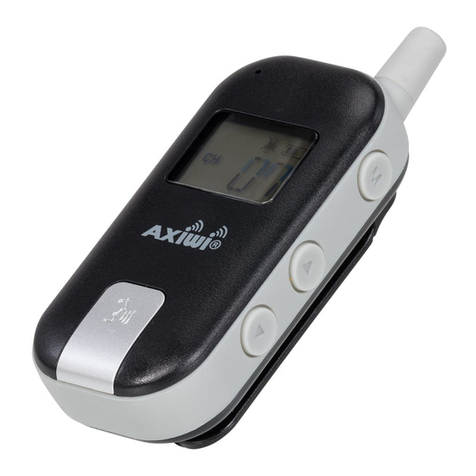
If the connection fails to connect, the I1 and I2 ports alternately
switch on / off at one-second rhythm. Alternate blinking takes
place until another outgoing call (emergency or test) can be
established - EN 81-28: 2018.
Status information (SMS)
Status information’s GLWV sending by different SMS:
TEST/STATUS: SMS via previous capture. Except test
could be activated also by SMS „READ STATUS“ (more
about in capture about SMS). When is setup Acoustic
test then is performed always before SMS sending.
Power supply information: SMS 'Power LOW' is
sends to TEST8 number when power supply decrease
under preprogramed level for longer time tan 1 minute.
The SMS 'Power OK' is sends to TEST8 number when
power supply increase over preprogramed level for
longer time than 1 minute.
Discharged back up ACU information: SMS „Low
Voltage“ is sends to TEST8 number when Acu voltage
decrease under preprogramed level (3.3V). The GLW
V than works correctly approximately 1 hour. When
power supply is reactivated after this time the unit
behaviour is like when you start it. (switch ON) (SMS
'Power OK' is not sends).
Input change IN1 information: SMS with info about
input change from open to closed (‚PORT OPEN‘) is
sends to PORTOPEN number. The SMS with info
about input change from closed to open (‚PORT
CLOSE‘) is sends to PORTCLOSE number . When
mode „Emergency alarm“ is setup then during IN1 port
closing (etc. Reset emergency status) is sending to
PORTCLOSE number SMS in format 'Reset last
Emergency Call'. When service is setup then during port
closing is sends SMS in format 'SERVICE'
Button blocking: when is detected short circuit at
button of emergency call activation (for example
